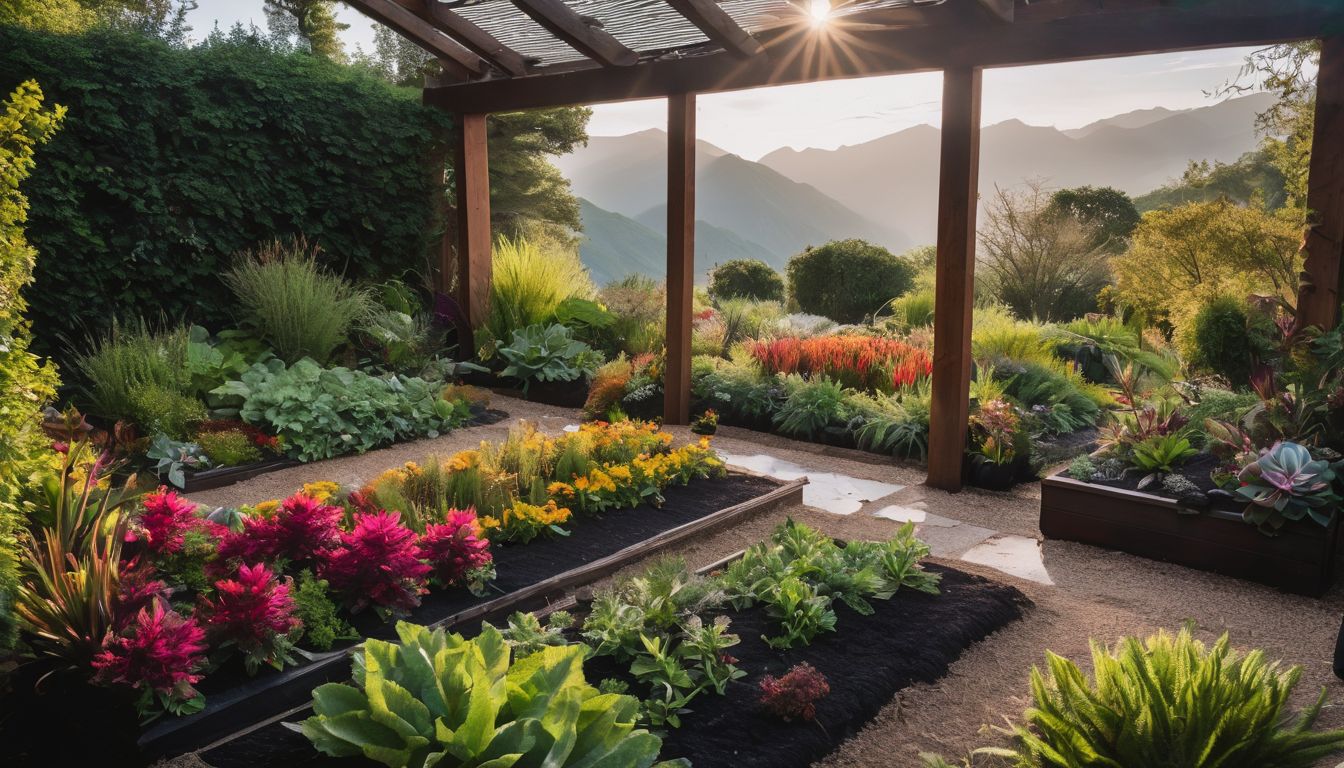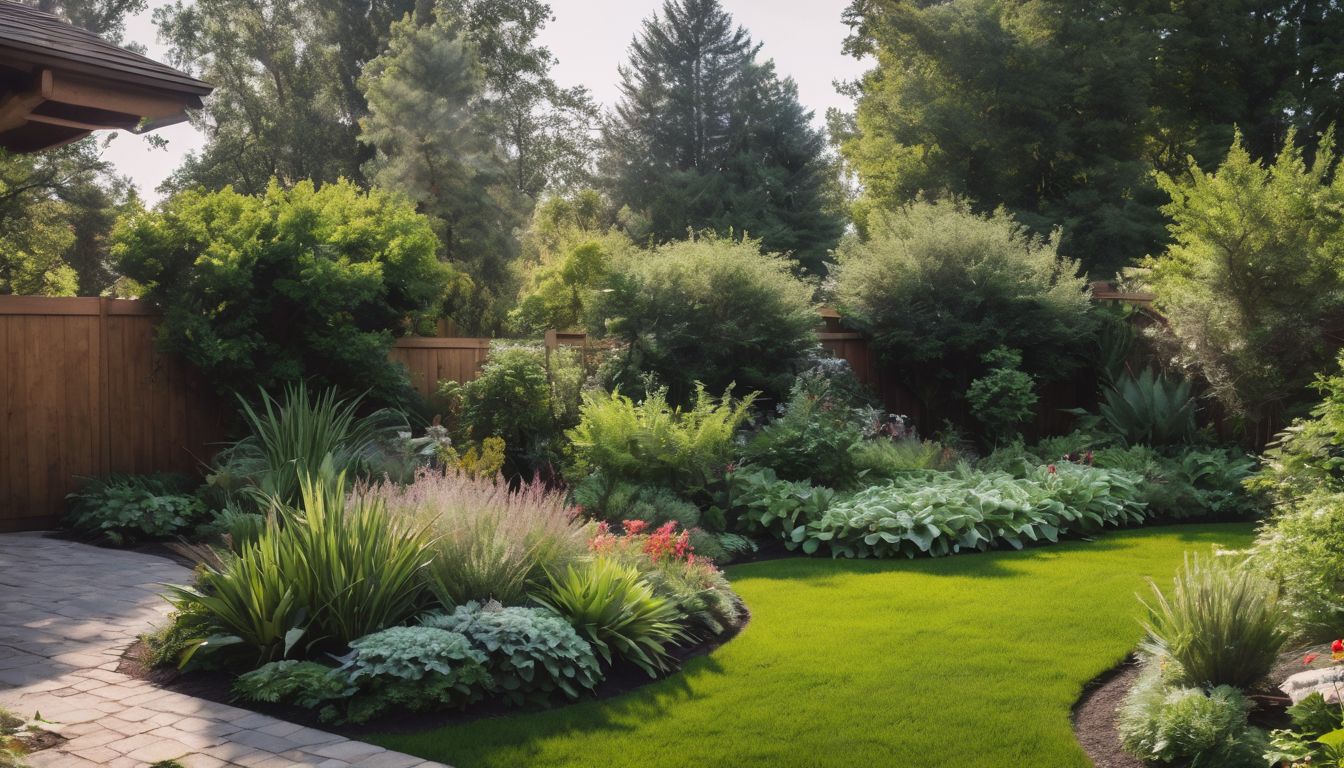Honeybees are a crucial part of our natural world. Not only do they produce honey and beeswax, but also they are responsible for the pollination of thousands of cash crops and various other species of plants. Sadly, bee populations are on the decline. According to an article in the New York Times, “The bee losses are ranging from 30 to 60 percent on the West Coast, with some beekeepers on the East Coast and in Texas reporting losses of more than 70 percent; beekeepers consider a loss of up to 20 percent in the off-season to be normal.”1 A decrease in honeybees could have a crippling effect on our food chain. There are fewer bees, fewer beekeepers, but more crops to pollinate. The good news is that you can help support the honeybee population by starting a colony in your own backyard. For an extended article on the disappearance of honeybees, check out this Greeniacs Article .
BENEFITS for the Environment: Because honeybees are often considered “nature’s helpers,” there are endless benefits for the environment. Bees play an instrumental role in the pollination of new plants including many cash crops like almonds, avocados, and kiwi. They also increase the livelihood of many different species of plants, flowers, and other crops. Each part of the natural food chain relies on the next, so without a key link like honeybees, many other species of plants/animals could be negatively affected.
BENEFITS for You: Honeybees will produce beeswax and honey for your own personal use. If you have a fruit and vegetable or flower garden, they will help it grow. They are natural pollinators so your garden will be the most vibrant in town!
Cost: Medium. The initial investment of beekeeping supplies can cost on average from $100-$200 if you do not have any supplies. Once you make that initial investment, the cost is very minimal.
Time and Effort: Medium. Planning, buying supplies, and setting up your initial colony can take some time. But once you have a colony up and running, the general maintenance is no more than the time required to maintain a vegetable garden. It will take time and care, but the experience will be fascinating.
Getting Started
One of the first things you must consider before anything else is whether or not you have a suitable environment to set up a colony. First, find out if it is legal in your area. If it is, then find out if your family, your neighbors, or any neighborhood animals have an allergy to bees. Although honeybees rarely sting, they will if they feel their colony is threatened.
- Picking the right location: Is your backyard large enough? A typical sized city lot of about a tenth of an acre or so, even one as large as large as a half-acre can accommodate one or maybe two colonies. Honey bees can be kept almost anywhere there are flowering plants that produce nectar and pollen. Choose a site for beehives that is discrete, sheltered from winds and partially shaded. Avoid low spots in a yard where cold, damp air accumulates in winter.
- Choosing the right equipment: Hive parts are cut to standard dimensions that mimic the space bees naturally leave between their combs. Always reproducethese dimensions exactly if you make your own beehives. For a list of beekeeping suppliers, go to beesource.com/bees-supplies/united-states. You will need to create a beehive consisting of:
• Bottom board – wooden stand on which the hive rests. Set bottom board on bricks or concrete blocks to keep it off the ground.
• Frames and foundation – wooden frames that hold sheets of beeswax foundation that is imprinted with the shapes of hexagonal cells. Bees use the foundation to build straight combs.
• Hive body or brood chamber – large wooden box (called a “super”) that holds 10 frames of comb. This space (the brood nest) is reserved for the bees to rear brood and store honey for their own use. Either one or two hive bodies can be used for a brood nest. Two hive bodies are common in cold winter regions. Beekeepers in areas with mild winters successfully use only one hive body.
• Queen excluder – placed between the brood nest and the honey supers. This device keeps the queen in the brood nest, so brood will not occur in honey supers. An excluder is usually not necessary if two hive bodies are used.
• Honey supers – shallow supers with frames of comb in which bees store surplus honey. This surplus is the honey that is harvested.
• Inner cover – prevents bees from attaching comb to outer cover and provides insulating dead air space.
• Outer cover – provides weather protection.
• Smoker – the most valuable tool for working bees. A smoker calms bees and reduces stinging. Pine straw, grass and burlap make good smoker fuel.
• Hive tool – ideally shaped for prying apart supers and frames.
• Veil and gloves – protect head and arms from stings. After they gain experience, most beekeepers prefer to work without gloves.
• Feeders – hold sugar syrup that is fed to bees in early spring and in fall. - How to acquire bees: There are several different ways to acquire bees. Regardless of the method you choose, spring is the best time to purchase them.2 After researching how you want to acquire them below, find a local vendor at beesource.com/bees-supplies/united-states.
• Established colonies: Established colonies will cost you more, but they can be worth the extra money. When purchasing established colonies, the equipment will not require any assembly. The chance of producing a honey crop the first year with an established colony is very good. The previous owner should be able to give you any history or background information of the bees.
• Nucleus colonies: They are less expensive than established colonies. The nucleus colony is a smaller colony of bees taken from an established colony. The “nucs” hives have fewer frames than a standard hive. The nucleus colony consists of only four or five frames instead of the standard 10-frames. They can house extra queens and they can be used to raise new queens. The nucleus colony comes with the four or five frames of brood, honey and pollen, a laying queen, and every frame should be full of adult bees.
• Package bees: The package bees are cheaper than the established or the nucleus colonies. Beginners should be able to handle them easily. The package bees consist of 2 or 3 pounds of bees, a queen in a separate cage, and a canister of sugar syrup used to feed the bees during transport.
• Swarms: Swarms can be a fun way to get bees, and they are free. They can be easily collected and placed in prepared equipment. It is usually a good idea to introduce a new queen as soon as possible to the swarm. The swarms can be rather large but they can be easily handled.
Establishing the Hive
Once you have your bees and all of your necessary beekeeping tools, you can begin to introduce your bees to the hive. Here are some simple steps to get started:3
If you are interested in more information and resources for beekeeping, check out http://www.beesource.com/. Now get out there and make some honey at home!




